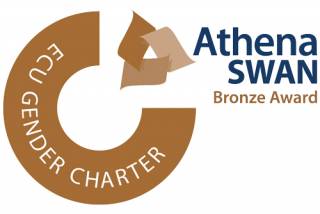Statues of athletes became increasingly prominent from the early fifth century. In form those which survive are highly stylised. They promoted an idealised, unrealistic image of the human body at its best. Athletic bodies in statues are perfect, symmetrical, stylised, balanced, informed by ideas of aesthetics and philosophical perception of the perfect body. It is striking that they don't show the athlete engaged in physical competition, but rather they depict the victorious athlete, the athlete at rest, full of confidence and enjoying the glory of his achievement. Alternatively, as with the discobolus (discus thrower), we have the body poised in the moment before energy is released.
The athletic body from the time of our earliest sources is the embodiment of physical beauty. There is in Greek thinking commonly a link between physical beauty and moral beauty. Although the Greeks were aware that one does not necessarily follow the other, the tendency to link physical and moral beauty was embedded in Greek attitudes, and the idealised statues of athletes both conform to and sustain this stereotype.
Vase depictions on the other hand undergo multiple evolutions: first, we have early vases depicting athletes wearing loincloths, as opposed to the later nude figures, pointing to the fact that including nudity in iconography was a process, not an instant decision. Second, we see that in vase depictions of youths exercising in the gymnasia, we pass from figures in action (early in the fifth century BCE) to victorious figures being crowned, which means that now the focus is not only on getting fit, but also on victory. Competitiveness is still important, but there seems to be a shift towards the end of the fifth century, probably due to political changes, which encourages the idea that taking part is much more important than winning.
" On beauty of the athlete: Pindar, Olympian 9.91-94 Having overpowered the men with the trick of turning quickly without falling, he went through the circle in great cheering, youthful and handsome, having accomplished the best deeds.
" Herodotus 5.47: Philip the son of Boutakides from Croton, followed Dorieus and died with him. He was betrothed to the daughter of Telys from Sybaris, but he was banished from Croton and, cheated from his marriage, he sailed to Kyrene, and setting out from there he followed Dorieus with his own trireme and covering himself the expenses of his men. He was an Olympic victor and the most handsome Greek of his time. For his beauty the Egestans gave him honours that no one else had received. For on his tomb they set up a hero's shrine and they offered him sacrifices to appease him.
UCL exhibition Sports Ancient and Modern
UCL Fit Bodies Student Competition
 Close
Close



